Freshman Soars at Science Competition in Washington, D.C.
November 15, 2017
“It’s like a giant castle inside,” said Santa Fe High freshman Faris Wald when recounting his visit to the nation’s Capitol building for the first time — one of the most memorable moments from his recent trip to Washington, D.C. “I’ve only seen the Capitol in the movies and in pictures, and it’s so weird to see in person, and that was pretty cool for me.”
This wasn’t just any other vacation for Faris, 15; it was something he had been working toward for months, if not years, ever since he entered his first science fair in third grade and participated in the competition for the following five years.
In addition to winning seven awards, including the grand prize at the 2017 New Mexico State Science and Engineering Fair as an eighth grader from Capshaw Middle School, organizers nominated Faris to apply for the Broadcom MASTERS Competition in Washington D.C. where he went on to become one of 30 finalists out of 8,000 students from across the country. He ultimately won first prize, the $25,000 Samueli Foundation Prize.
According to Faris, his love for science was greatly influenced by many teachers, especially Hubert van Hecke, a physicist who volunteers with the schools and who is also a board member of the Santa Fe Alliance for Science. Van Hecke, who recently retired from Los Alamos National Laboratory after 32 years, is commonly known to students as “Mr. Science.” He has been volunteering at Wood Gormley Elementary since 1996, teaching older students — including Faris — various scientific concepts, from static electricity to life in the sea.
“I think part of a scientist’s professional duties is to tell the general public what we’re doing [and] how science works,” van Hecke said. “It always baffles me that there are not more young science dads and moms that do this.”
Van Hecke recognized Faris’ picture in the paper and was pleased to see what he had done with his science-fair project. “That’s why we do what we do,” van Hecke said. “Nothing is better than that … that’s what we want to see, somebody who gets inspired and off they go.”
And off he went.
“The way Broadcom operates, there’s like two portions of it,” Faris explained. “One is the Science Fair portion that counts for only 25 percent of your grading … and the other is the Challenges portion which counts for 75 percent. The Science Fair is where you basically present your project, and the Challenges is where you have to use critical thinking, creativity, communication and collaboration to solve these problems and tasks they want you to do.”
“Looking at the competition, I did not believe I was going to win,” Faris continued. “They had fantastic science fairs, there were amazing leaders, and I was saying to myself, ‘No, this is not going to happen, I’m not going to win.’… And then the night of the science fair they called my name and it was like, ‘Really?’ I was just sort of stunned and blown away and confused on what just happened because I didn’t expect I was going to win.”
Faris’ project analyzed whether or not the sun can affect tropical cyclones. “I decided to look at sunspots and coronal holes, which originate from the sun, and see whether or not they correlate with tropical storms,” he said.
But what are coronal holes? As Faris explained, “Coronal holes are basically when the magnetic field of the sun does not loop back on itself and instead opens out into space, so this allows the sun’s surface, or the corona, to escape, in the form of … basically just charged particles going out into space. They’re not like sunspots where you can visibly see them; you can only see coronal holes in infrared or x-ray. (Sunspots are when the magnetic field of the sun does loop back.)”
Knowing this, Faris went to a Belgian government website that listed the coronal holes that have occurred on the sun each year and found data regarding hurricanes and tropical cyclones. He decided to plot the two on an Excel graph in the hope of finding a correlation.
And he did. “I began to realize that there is a time delay for approximately one year with coronal holes leaving, and with that fact I decided to use coronal holes to try to predict tropical cyclones, and to a degree, it was relatively accurate,” he said.
In light of recent natural disasters, one can’t help but wonder if the presence of coronal holes is a contributing factor. Faris wonders too. “It’s important to note that the mechanisms behind this are not well known,” he explained. “They’ve never been explored, so for me to say that [coronal holes cause tropical cyclones] is wrong. But based on my data, which I took back in April for 2015 and 2016, they got a big spike, and because of the time delay…the data of coronal holes was predicting that the hurricane season for 2016 and 2017 was going to shoot straight up. And based on what’s happened so far, I think there is [a correlation or] something going on,” he said.
This way of looking at the world and its unsolved mysteries is exactly what van Hecke wants students to gain from his visits. “I’d like to give them some idea of what science is and what science does, and give them some sense that this whole crazy universe can be figured out,” he said. “What really matters is that they get a little ‘fired-up’ so they can say, ‘Oh, science is not so crazy. Or if it is crazy, it’s not dull — it can be a lot of fun.’ There is a ‘sciency’ way to think about everything under the sun, from ants to black holes, and so I hope that I can … maybe get them more interested, and at least dispel negative attitudes towards science, if there are any.”
Hecke continued, “[Science] is a way of thinking and an approach to the world that things can be figured out, that you can figure it out, no matter what you ask.”
Faris hopes to “figure out” his theory by continuing his project next year. He reported that NASA will be sending him an interconnectivity probe to “see whether or not there’s a relationship between the upper atmosphere and the Van Allen Belt, to the lower troposphere where the storms occur. … I’m hoping that that will come back with something that will show that the coronal holes do correlate with tropical cyclones.”
And what comes next? “All I want to do is just go to college,” Faris said. “At the moment, I want to be a climatologist, but that is subject to change because there are a lot of fields of science that are amazing, and my goal here at Santa Fe High is to try to get myself into as many science programs as possible so that when it’s time to be shoved out of the nest, I’ll know what I want to do for a living.”
Regardless of what the future brings, Faris believes he’s learned a lot from this experience and hopes that others may be inspired by his journey to know “that you can do anything.”
“You’ve just got to try,” Faris added. “You can be that person — it’s always there. Just take the right steps, and never miss an opportunity.”


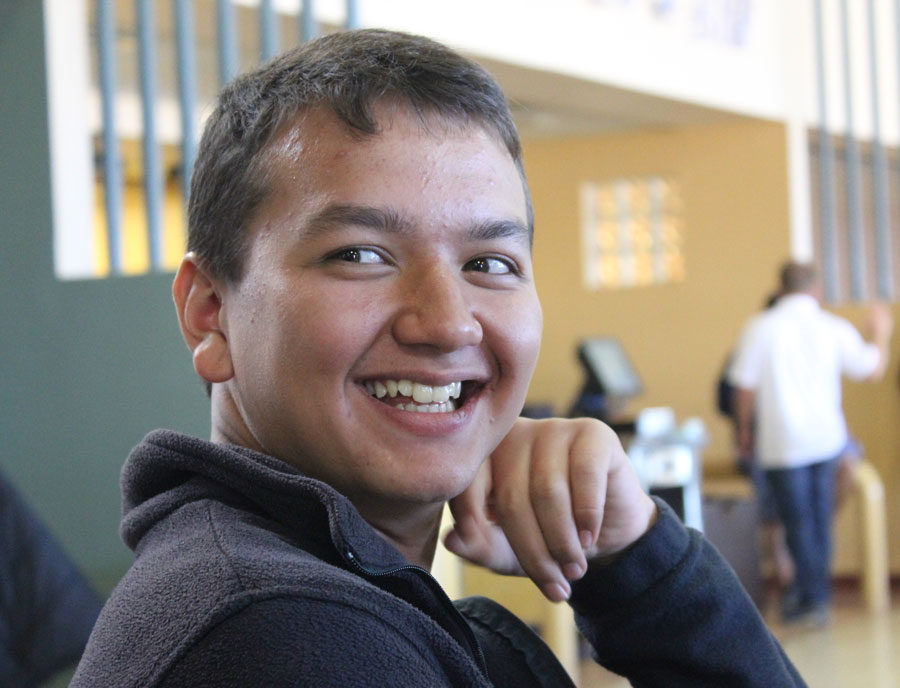
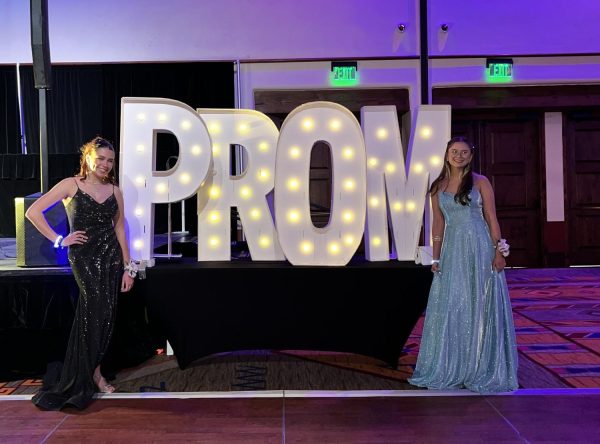
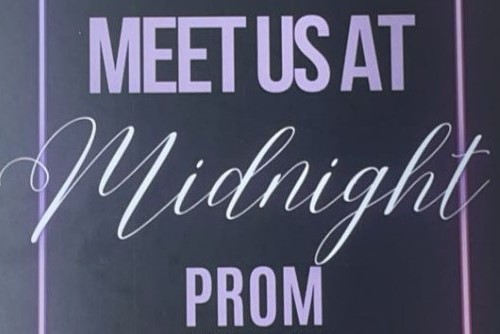



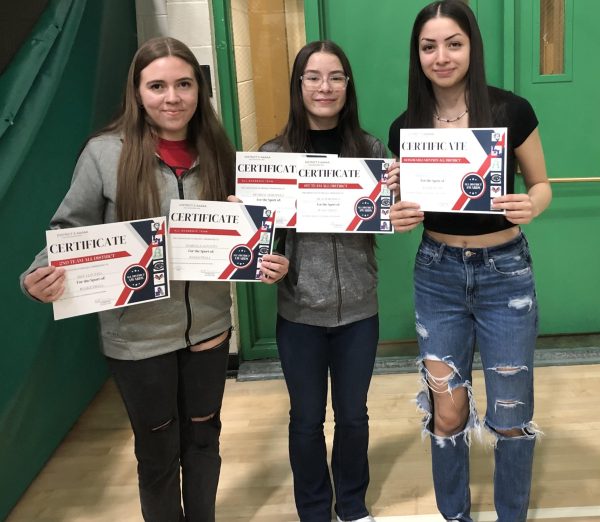
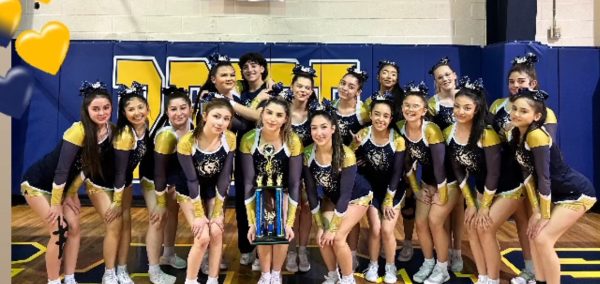
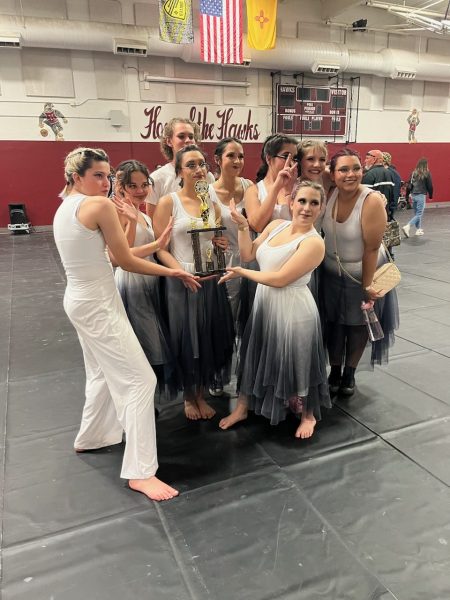
Richard Hertz • Nov 18, 2017 at 3:04 pm
More than A hundred scientists who volunteer for SF Alliance for Science are so gratified to see this validation of the many hours they voluntarily give to the Santa Fe community.
Farris is the shining example but Hubert “Mr. Science “ and his fellow volunteer scientists are bringing the message to thousand of SF students.
Thanks to them all.
Diane Smogor • Nov 18, 2017 at 11:01 am
Awesome article! Congratulations Faris and all who supported him along the way.